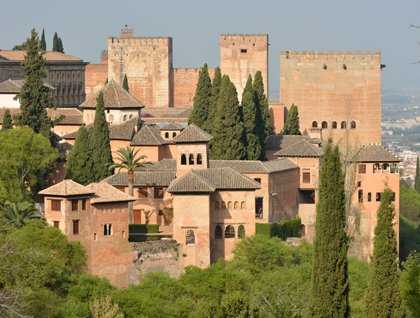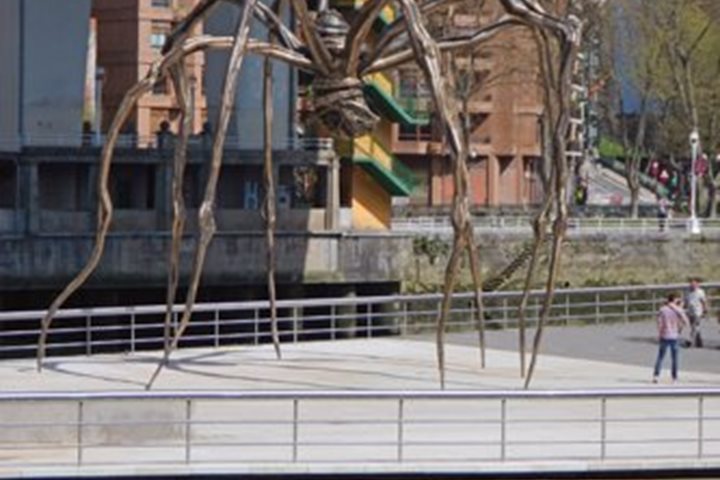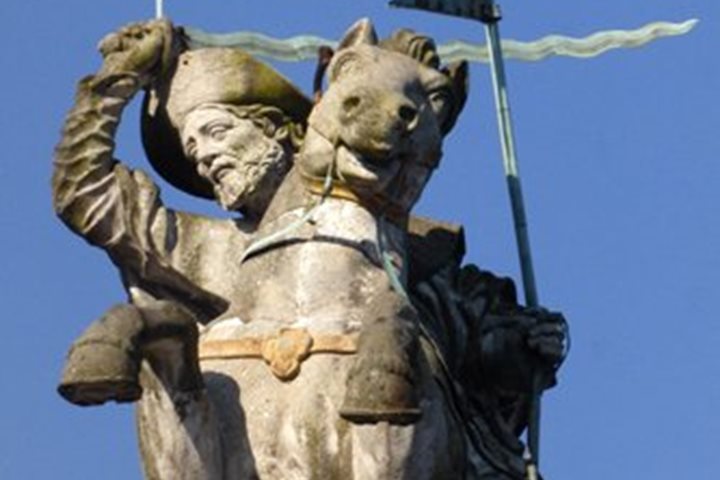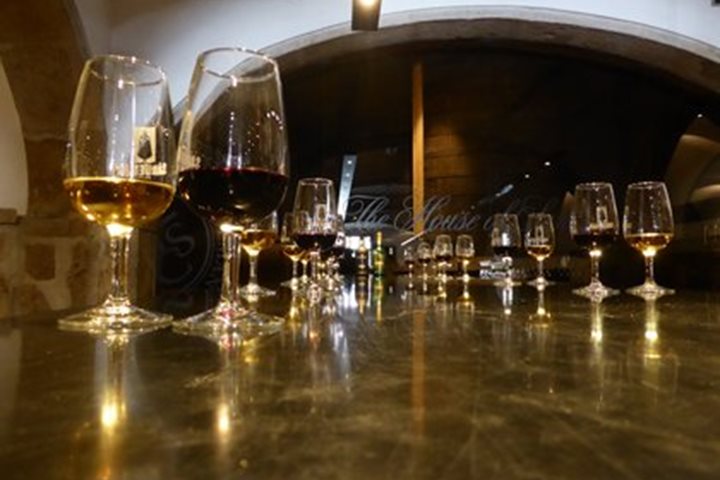We left early from the port of Motril with the sun dissipating thin clouds that had settled on the coast the previous night. We took our busses through the spring countryside, winding through the mountains to the charming and fabled city of Granada, where we began our walking tour of the Alhambra, the legendary Moorish palace complex situated on a striking promontory above the city. We began with a walk through the Generalife Gardens, which were resplendent with blooms. The most striking were the irises; great bunches of them clustered along the paths, with wisteria hanging heavily from trellises. Adding to the rainbow of colors were the flowering Judas trees.
We entered the fortified complex of the Alhambra by one of its gates and visited the Palace of Charles V, a great 16th-century block of a building with grand portals and an oval shaped courtyard in the center, open to the sky, with two monumental stories of columned arcades all around, like the Roman coliseum turned inside out. When we entered the Muslim buildings it was a vivid contrast in architectural styles. The Alhambra had a more human scale and was decorated with elegant non-figural designs, where Charles’ palace decorations were all about war, dominion, and the aspirations of empire.
Built in the Middle Ages by the Nasrid sultans, few structures so eloquently evoke the sense of the luxury of the Andalusian Muslim court. The Alhambra’s walls were covered with colored tiles and stucco-work in complex designs of Arabic calligraphy, geometric designs, and arabesques. The ceilings were remarkable, one made of tens of thousands of pieces of cedar wood arranged in elaborate star-shaped motifs, symbolic of heaven. The elegant facades of the courtyards were reflected in placid pools of water, so still that they mirrored the buildings perfectly. The quality of light was warm and rich, perfect for photography.
The Court of the Lions was the most impressive of all, even while being the smallest of the courtyards. Dozens of slender marble columns carried graceful arches dripping with multi-faceted ‘stalactite’ moldings or ‘muquarnas’. Mute remnants of the colored paints that decorated some of the stucco designs still clung to the facets, giving an indication of former radiance.
Lunch at the Alhambra Palace Hotel, entertained by lovely Flamenco music—both guitar and flute; a wonderful combination—was followed by a walking tour of Granada, including a visit to the chapel that houses the tombs of Spanish royalty, including the sepulchers of Queen Isabella and King Ferdinand, the patrons of Christopher Columbus and the monarchs who finally conquered Granada, Spain’s last Muslim outpost, in the late 15th century, making the Iberian peninsula fully in Christian hands once again. Like the famous sigh of the last ‘moor’ of Spain, we departed this wonderful and storied town back to the comfort of the National Geographic Explorer and set off for the Pillars of Hercules: Gibraltar.







